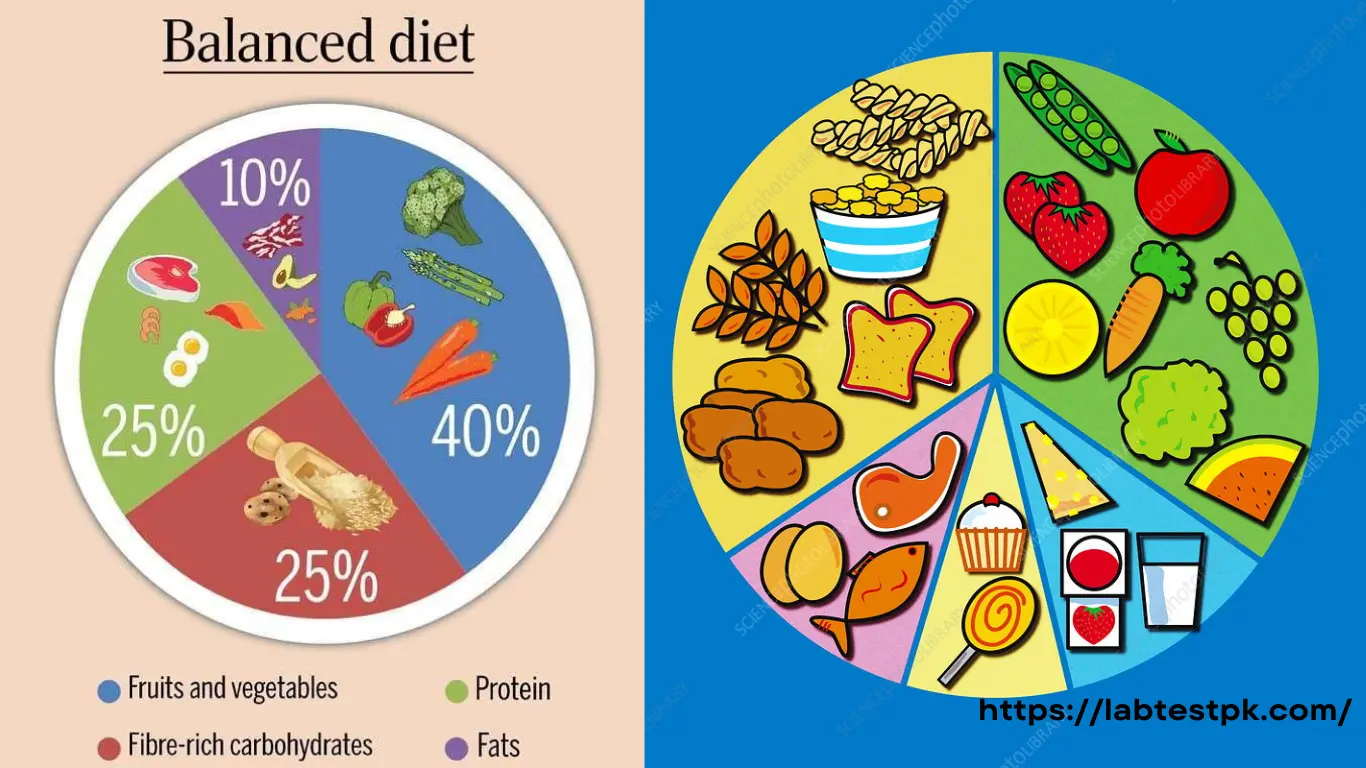Shop At Haya: Your Ultimate Shopping Guide
Discover the best shopping tips, trends, and deals for a smarter buying experience.
Eating Right: The Delicious Dance of Nutrition
Discover the art of eating right! Unleash the joy of nutrition with mouthwatering recipes and tips that make healthy living a delicious dance.
5 Simple Tips to Make Healthy Eating Delicious
Eating healthy doesn't have to be bland or boring. In fact, incorporating delicious flavors is essential for maintaining a sustainable healthy eating lifestyle. Here are 5 simple tips to make your meals both nutritious and tasty. First, experiment with herbs and spices. Fresh basil, cilantro, and garlic can elevate the taste of any dish. Second, focus on fresh, seasonal ingredients. Seasonal produce is not only more flavorful but also often more affordable, allowing you to splash out on quality, whole ingredients.
Third, try various cooking methods to enhance textures and flavors; roasting vegetables can caramelize their natural sugars, adding a sweet depth. Fourth, incorporate healthy fats like avocados or olive oil to make meals more satisfying. Lastly, don’t shy away from healthy swaps; for example, replacing regular pasta with zucchini noodles or quinoa. With these tips, healthy eating can easily become a delicious part of your daily routine!

Debunking Myths: Is Healthy Food Always Expensive?
One of the most common myths surrounding healthy eating is that it is always expensive. This belief often stems from the perception that fresh produce, organic products, and specialty health foods cost significantly more than processed alternatives. However, the reality is that healthy food can be both affordable and accessible. Many staples of a nutritious diet, such as beans, lentils, rice, and seasonal fruits and vegetables, are often very economical, especially when purchased in bulk or through local farmers' markets. Additionally, engaging in meal planning can help you make the most out of these ingredients, reducing waste and unnecessary spending.
Another element to consider is the long-term benefits of consuming healthy foods, which can lead to improved health outcomes and potentially lower healthcare costs. It’s important to evaluate the true cost of food beyond its sticker price. For instance, eating a diet high in processed foods may seem more budget-friendly initially, but it can lead to health issues that are costly to manage over time. By choosing whole, nutrient-dense foods, not only can you maintain a healthy lifestyle, but you may also save money in the long run. Ultimately, the myth that healthy food is always expensive can be debunked by recognizing that with the right strategies, nutritious choices can fit within any budget.
How to Create Balanced Meals That Taste Amazing
Creating balanced meals that are both nutritious and delicious involves understanding the key components of a well-rounded plate. Aim to fill half your plate with fruits and vegetables to add vitamins, minerals, and antioxidants. Incorporate a source of protein, such as lean meats, beans, or tofu, to support muscle health, and include whole grains like brown rice or quinoa for sustained energy. Remember, presentation can elevate the dining experience; vibrant colors and varied textures will make your meals not only appealing but also enjoyable.
Once you've gathered your ingredients, experiment with flavors and cooking techniques to enhance the taste of your balanced meals. Use herbs and spices to season your dishes instead of relying on excess salt or sugar. Additionally, consider the cooking method—grilling, steaming, or roasting can bring out the natural flavors of foods. To inspire creativity, try this simple recipe: 1 Start with a base of quinoa; 2 top with sautéed spinach, cherry tomatoes, and grilled chicken; 3 finish with a drizzle of lemon-tahini dressing. With these tips, you can create meals that are not only balanced but also bursting with flavor.